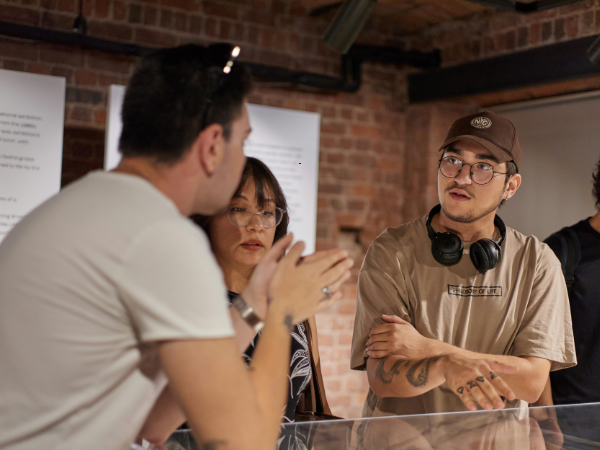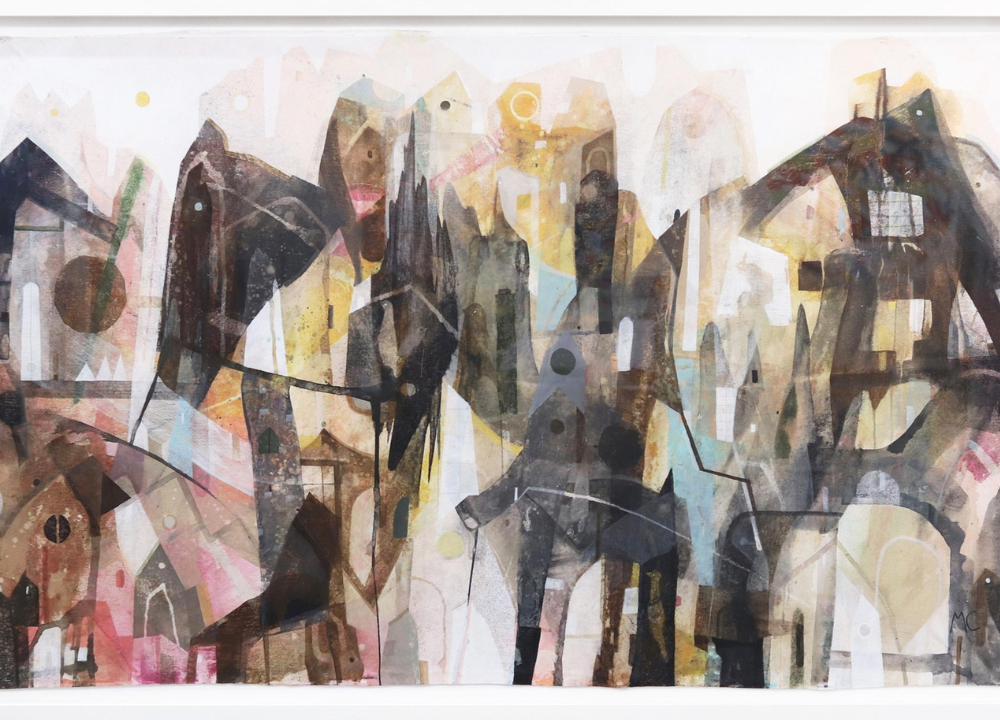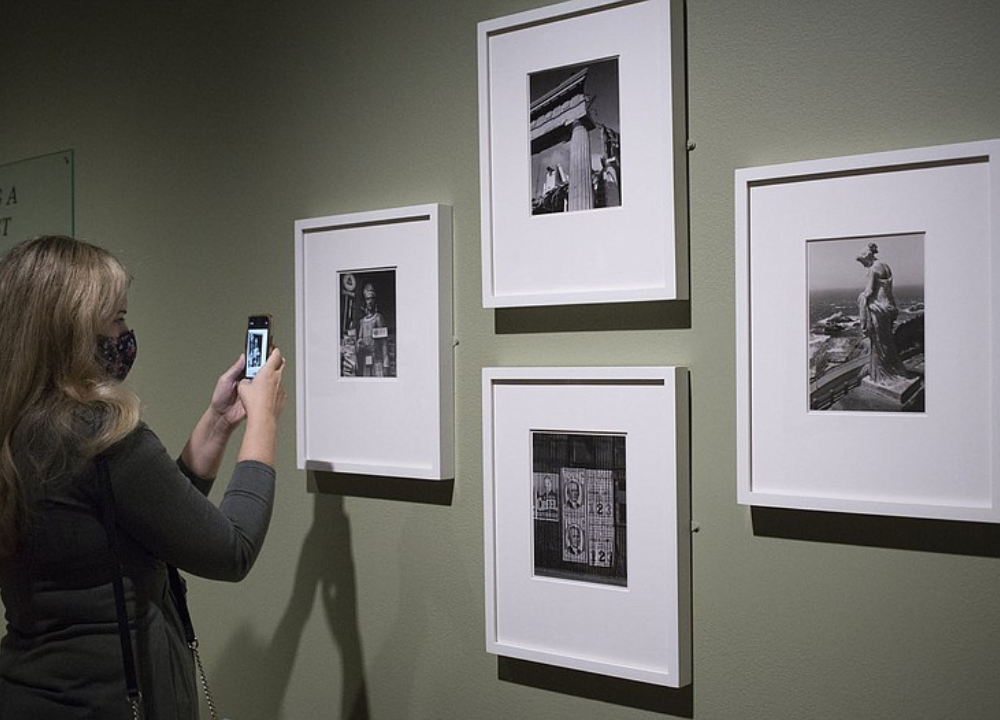Art has always been more than decoration—it is a mirror of society, a challenge to norms, and a spark for change. Throughout history, certain artists have reimagined what a masterpiece could be, leaving behind legacies that continue to shape culture, politics, and human imagination.
The Visionaries Who Redefined Artistic Boundaries
Some artists dared to break away from tradition, pushing the limits of what art could represent. Their boldness redefined the very concept of creativity.
- Leonardo da Vinci blended science and art in works like The Last Supper.
- Pablo Picasso pioneered Cubism, reshaping how we perceive form and perspective.
- Frida Kahlo used personal pain to create deeply symbolic self-portraits.
- Jackson Pollock introduced action painting, turning the canvas into a stage.
- Yayoi Kusama transformed repetition and infinity into immersive installations.
These visionaries didn’t just create art—they redefined it. By challenging conventions, they opened doors for future generations to explore new forms of expression.
From Canvas to Culture: How Art Shaped Society
Art has never existed in isolation; it has influenced politics, religion, and social movements. Masterpieces often became cultural symbols that shaped collective identity.
- Michelangelo’s Sistine Chapel ceiling became a symbol of Renaissance humanism.
- Diego Rivera’s murals reflected the struggles and triumphs of the working class.
- Andy Warhol’s pop art blurred the line between consumerism and fine art.
- Ai Weiwei used installations to critique censorship and human rights abuses.
- Banksy’s street art challenged authority and sparked global conversations.
These works show that art is not just about beauty—it is about impact. By entering public consciousness, masterpieces have shaped the way societies see themselves and their values.
Revolutionary Techniques That Transformed Creativity
Every era of art has been marked by technical revolutions that changed how artists worked and how audiences experienced their creations.
- Oil painting in the Renaissance allowed for richer colors and detail.
- The invention of photography reshaped realism in painting.
- Impressionists experimented with light and brushstrokes.
- Digital art introduced new tools for limitless creativity.
- 3D printing expanded sculpture into futuristic dimensions.
These innovations didn’t just change techniques—they changed possibilities. Each breakthrough gave artists new ways to tell stories, ensuring that art remained dynamic and ever-evolving.
Artists as Activists: Voices for Change Through Art
Many artists used their platforms to speak out against injustice, turning their work into a form of activism. Their masterpieces carried messages that resonated far beyond galleries.
- Francisco Goya exposed the horrors of war in The Disasters of War.
- Käthe Kollwitz highlighted poverty and inequality through printmaking.
- Keith Haring used street art to raise awareness about AIDS.
- Shirin Neshat explored themes of gender and identity in Islamic societies.
- Shepard Fairey’s Hope poster became a political icon.
Art as activism proves that creativity is not passive—it is powerful. These artists showed that a brushstroke or mural can be as influential as a speech or protest.
Global Influences: Cross-Cultural Exchanges in Masterpieces
Art has always been enriched by cultural exchange. When artists draw inspiration from different traditions, they create works that transcend borders.
- Japanese woodblock prints influenced French Impressionists.
- African sculpture inspired Picasso’s Cubist experiments.
- Islamic geometric patterns shaped Western decorative arts.
- Latin American surrealism expanded global modernism.
- Contemporary artists collaborate across continents through biennales.
Cross-cultural influences remind us that art is a global dialogue. Masterpieces are not confined to one nation—they are the result of shared human creativity.
Technology Meets Tradition: Innovation in Artistic Expression
In the 21st century, technology has become a powerful tool for reimagining masterpieces. Artists now merge tradition with innovation to create entirely new experiences.
- Digital installations allow interactive audience participation.
- Virtual reality recreates historical artworks in immersive form.
- AI-generated art challenges ideas of authorship.
- Projection mapping transforms architecture into living canvases.
- NFTs introduced new ways of owning and trading digital art.
This fusion of old and new ensures that art remains relevant in a digital world. By embracing technology, artists expand the definition of what a masterpiece can be.
The Legacy of Iconic Works Across Generations
Some masterpieces never fade—they continue to inspire new generations of artists, thinkers, and dreamers. Their influence stretches across centuries.
- The Mona Lisa remains a global symbol of mystery and beauty.
- Van Gogh’s Starry Night inspires countless reinterpretations.
- Picasso’s Guernica stands as a timeless anti-war statement.
- Kahlo’s self-portraits empower discussions of identity and resilience.
- Contemporary reinterpretations keep these works alive in popular culture.
The endurance of these works proves that true masterpieces are timeless. They adapt to new contexts while retaining their original power and meaning.
How Reimagined Masterpieces Continue to Inspire Today
Even in the modern era, artists continue to reinterpret and reimagine past works, proving that masterpieces are living entities rather than static relics.
- Contemporary painters remix classical themes with modern aesthetics.
- Street artists reimagine Renaissance figures in urban settings.
- Digital creators transform iconic works into interactive experiences.
- Fashion designers draw inspiration from historic paintings.
- Musicians and filmmakers reinterpret visual art in sound and motion.
These reinterpretations ensure that masterpieces remain relevant. By breathing new life into old works, artists keep cultural memory alive while sparking fresh conversations.



